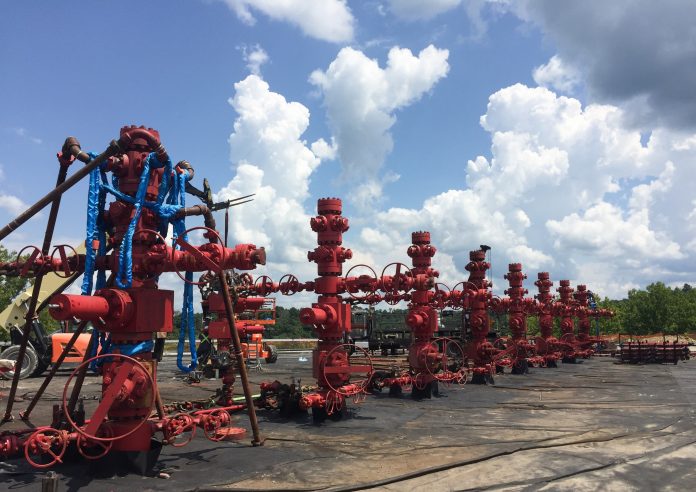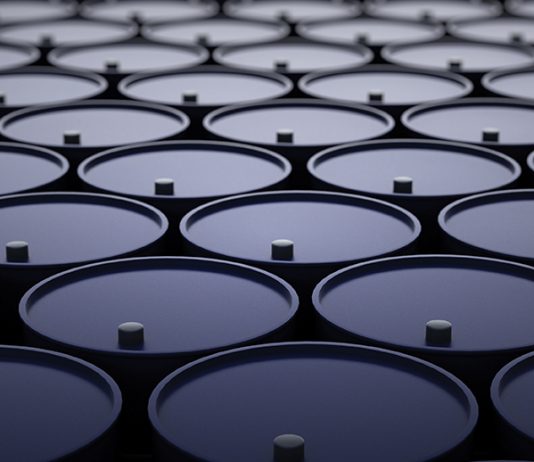
What You Should Know About Oil and Gas Today
The Big Story
BP became the latest major company to announce big staff layoffs, stating that it will sever 10,000 of its 70,000 global employees in the coming weeks. In a note to employees, BP CEO Bernard Looney blamed the need for the cuts on the COVID-19 pandemic and the need for the company to become leaner as it prepares for the transition to renewables in the years to come.
So much for the idea promoted by the Climate alarm lobby that renewables will create millions of new jobs.
The cuts at BP will supposedly impact upper-level jobs the most, and it will begin offering voluntary severance packages to certain employees on June 15. BP also said it is unlikely to be paying any cash bonuses this year, and will freeze bonuses for senior executives through the end of Q1 2020.
“These are tough decisions to make. But the impact — particularly on those leaving us — is much, much tougher. I understand this and I am sorry,” Looney said. “But we must do the right thing for BP and this is that right thing. It will help strengthen our finances. And it will help create a leaner, faster-moving and more competitive company for the majority who are staying.”
The State of Play
After dropping by 4% on Monday, crude prices are softening up again this morning on various media reports indicating that shale producers are going to suddenly invoke massive increases in U.S. oil production. That is not going to happen for a variety of reasons, but hey, the headlines make for great click bait. It’ll take a while for the market to figure it all out, and in the meantime, this is a great buying opportunity.
The good news, though, is that we are starting to see a slight up-tick in the number of active frac spreads as reported by Primary Vision. The count has moved from 45 nationwide active frac spreads two weeks ago to 58 today, as a few companies are starting to complete some of their drilled but uncompleted (DUC) wells. That count compares to more than 350 active spreads in mid-January, so don’t get overly excited about it.
The Enverus Daily Rig count, meanwhile, remains at an all-time low of just 308 active drilling rigs nationally. When you see that number maybe double, then you can anticipate that U.S. overall oil production will resume an upwards trajectory.
Writing in the Wall Street Journal, Collin Eaton says that we should expect at least the Permian Basin to return to overall production growth sometime in the first half of next year, which sounds about right. Eaton cites recent studies from Rystad Energy and Wood MacKenzie that estimate that, once the Permian heats back up, it will embark on a path of sustained growth through 2030. It’s a big, big basin.
The situation is not as optimistic in Louisiana, though. David Dismukes, a prominent energy analyst who runs the LSU Center for Energy Studies that “a lull in industrial construction that set in last year after the completion of numerous multibillion-dollar projects will continue until there is more demand for crude oil and petrochemical projects following the economic downturn triggered by the coronavirus pandemic.
“Dismukes estimates that only about $131 billion may come to fruition out of $195 billion of energy manufacturing and export capital investments that were expected to occur between 2019 and 2029 along the Gulf Coast.”
We have seen this report several times before in recent months, but Bloomberg is reporting once again that shale pioneer Chesapeake Energy is making plans to file Chapter 11 bankruptcy as its access to capital continues to dwindle. Bloomberg says that the company is currently negotiating a restructuring support agreement with its major investors.
Finally, from our “never let a good crisis go to waste” file, Democrat Massachusetts Attorney General Maura Healey is calling for the fundamentally unworkable idea of phasing out the use of natural gas in the state’s power grid and converting to 100% renewables by 2050. Politicians like Ms. Healey know that is an unattainable plan, but it makes for great, virtue-signaling sound bites.
That’s all for today.
















